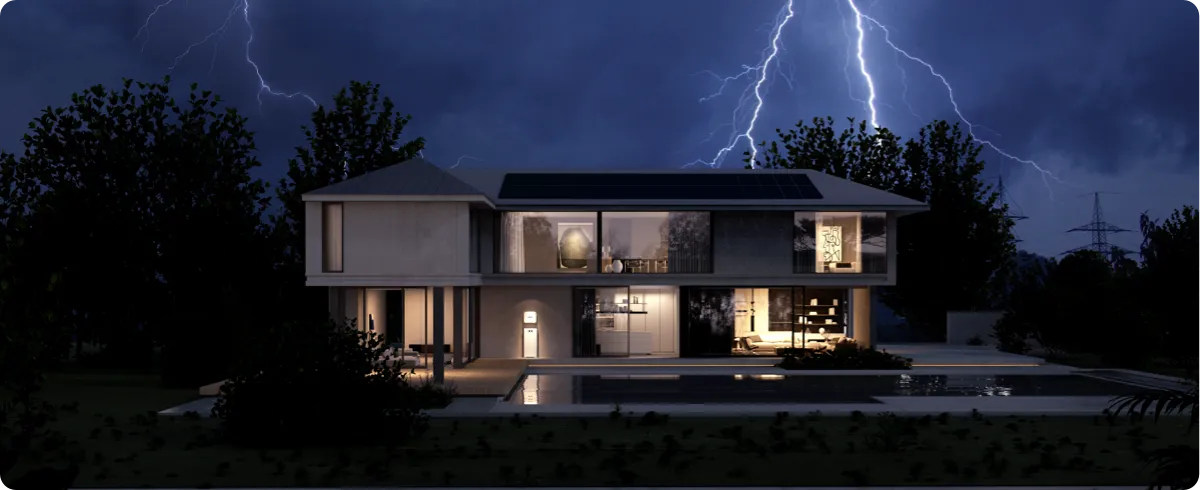monocrystalline solar panels
Understanding Monocrystalline Solar Panels Efficiency and Advantages
Monocrystalline solar panels are a popular choice in the renewable energy market, known for their high efficiency and sleek aesthetics. These panels are made from a single crystal structure, typically silicon, which enables them to convert sunlight into electricity more effectively than other types of solar panels, such as polycrystalline or thin-film panels.
One of the primary advantages of monocrystalline solar panels is their efficiency rate. Typically, these panels have efficiency ratings between 15% to 22%, meaning they can convert a significant portion of sunlight into usable energy. This efficiency is particularly beneficial for homeowners or businesses with limited roof space, as it allows the installation of fewer panels to achieve the same energy output compared to other types. The high efficiency is primarily due to the purity of the silicon used in manufacturing the cells, leading to better performance and longevity.
Another notable feature of monocrystalline solar panels is their sleek design. The uniform black color and compact structure often make them a more aesthetically pleasing option for residential settings. This design choice appeals to homeowners who want to maintain the visual appeal of their property while reducing their carbon footprint. Additionally, many manufacturers offer panels with a longer warranty period (sometimes up to 25 years), further emphasizing their durability and reliability.
monocrystalline solar panels

While the initial investment for monocrystalline panels is usually higher when compared to polycrystalline options, the long-term savings on energy bills and the efficiency benefits can offset these costs. Homeowners can often expect a quicker return on investment due to the increased energy production, especially in areas that receive abundant sunlight.
It's also worth noting that monocrystalline solar panels perform better in low-light conditions compared to other types. This makes them ideal for locations that experience cloudy or rainy weather. Their performance in a variety of conditions adds another layer of appeal for those considering solar energy options.
In conclusion, monocrystalline solar panels stand out as a leading choice for those looking to harness solar energy efficiently. Their combination of high efficiency, aesthetic appeal, longevity, and excellent performance in various weather conditions makes them a wise investment for homeowners and businesses alike. As the world moves towards more sustainable energy solutions, the demand for monocrystalline panels is likely to continue growing, solidifying their position in the future of renewable energy technology.
-
String Solar Inverter: The High-Efficiency Solution for Smart Solar EnergyNewsJul.14,2025
-
Revolutionizing Rooftop Energy with the Power of the Micro Solar InverterNewsJul.14,2025
-
Power Independence with Smart Off Grid Solar Inverter SolutionsNewsJul.14,2025
-
On Grid Solar Inverter: Powering the Future with Smart Grid IntegrationNewsJul.14,2025
-
Monocrystalline Solar Panels: High-Efficiency Power for the Future of Clean EnergyNewsJul.14,2025
-
Bifacial Solar Panel: A Smarter Investment for Next-Generation Energy SystemsNewsJul.14,2025







